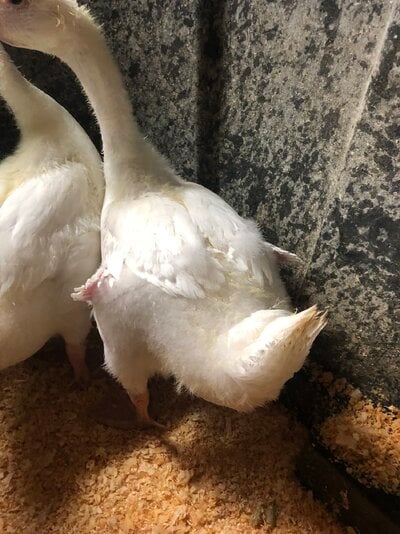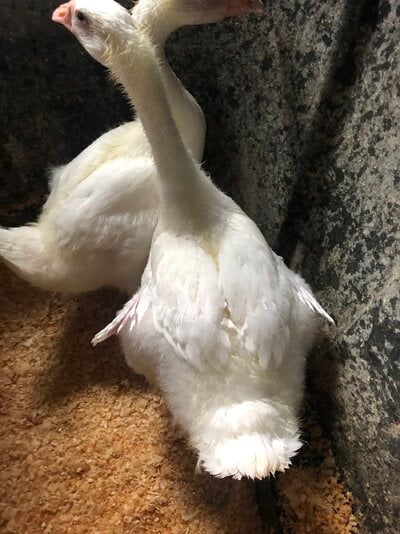Ourgosling22
Songster
Hi everyone-I posted earlier but I think I put in wrong place. Still trying to figure out the navigation on here.
I think one of my 2 goslings has Angel Wing along with whatever is going on at hip joints. I have been doing everything suggested for vitamin deficiency but apparently something is not working. I saw on some posts about wrapping his wings. I’m thinking of trying to find an avian vet Was trying to do what I could myself before things got worse.I posted a picture just taken of him. Any thoughts or advice?
Was trying to do what I could myself before things got worse.I posted a picture just taken of him. Any thoughts or advice?


I think one of my 2 goslings has Angel Wing along with whatever is going on at hip joints. I have been doing everything suggested for vitamin deficiency but apparently something is not working. I saw on some posts about wrapping his wings. I’m thinking of trying to find an avian vet





